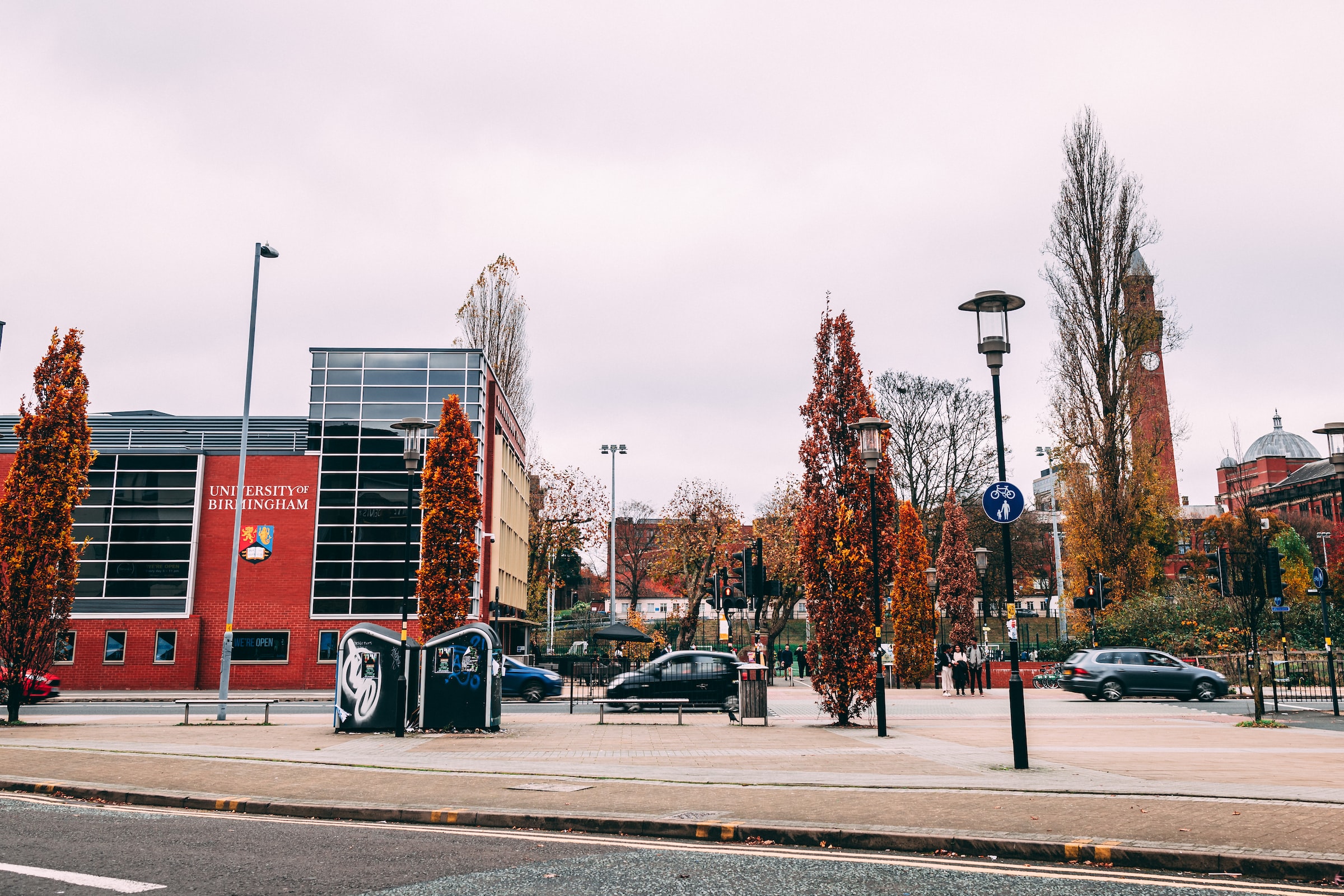
Film Critic Grace Baxendine rediscovers Vincent Van Gogh in this unconventional biopic starring Willem Dafoe and Rupert Friend
I first saw this film in a small cinema in Bologna, Italy, three weeks ago. As a student of Italian, I was worried that I would be unable to appreciate the beauty and subtleties of the film, due to concentrating so much on the language. However, like Van Gogh’s paintings, the combination of music, fantastic acting and minimal dialogue is a feast for the eyes; and indeed all other senses. Unlike Loving Vincent, which was released last year, the film takes a very personal approach to Vincent’s final few months. At Eternity’s Gate is an unconventional and impressionist approach to this well-known and tragic biography.
Willem Dafoe plays the world-famous Dutch artist in Julian Schnabel’s artistic masterpiece. A painter himself, Schnabel is said to find the film and story very close to his heart. Predominantly set in Arles and Auvers-Sur-Oise, the film follows Vincent through the final years of his life, as his world slowly deteriorates around him. Under-appreciated and considered insane, Van Gogh is portrayed when free and alone on a hillside or sunflower field, as well as when captive in an asylum.
At Eternity's Gate is an unconventional and impressionist approach to this well-known and tragic biography
The film begins in darkness. The solitary voice of Dafoe begins to talk of his isolation and detachment from his peers and neighbours, ‘I just want to sit down with them and them to just ask me how I am.’ Van Gogh’s journey throughout the film is on the whole very solitary, even when interacting with others, he is detached and cannot fully function within late 19th century French society. He concludes several times in the film that this is due to being born in the wrong age and that perhaps in years to come his work may be better appreciated: he couldn’t be more right. In fact, throughout the film, the audience are showered in allusions to Van Gogh’s work. The framing of Van Gogh in his bedroom in Arles, for example. The iconic painting is undeniably recognisable and yet in the film, Schnabel alludes to it without having to directly say. In a very similar way, Sunflowers – perhaps Van Gogh’s most famous and recognisable painting — is shown hanging upon Vincent’s wall seconds after we are taken, through Vincent’s eyes, through a field of sunflowers. These subtle references offer the audience a welcome familiarity; we can empathise with the artist as we feel close to him, his work and his invaluable influence on western art and culture which continues to this day.
The camerawork throughout offers a sense of the frenzied mind of Van Gogh
Dafoe is joined by a fantastic cast which compliment his masterful portrayal of Vincent. Rupert Friend makes an appearance as Theo Van Gogh, Vincent’s brother, perhaps the only true affection that Van Gogh receives in the whole film. Likewise, Oscar Isaac portrays Van Gogh’s fellow post-impressionist, and for a time friend, Paul Gauguin. The two hit it off but their ideals and visions collide and result in a rupture of the friendship. Ultimately, Van Gogh spends the most part solitary and this is expertly captured by Schnabel. The camerawork throughout offers a sense of the frenzied mind of Van Gogh; his inability to conform and accept the lack of creativity in his world. Long shots pan the vast fields that he wanders across to an endless goal: his search for eternity, which he arguably finds within painting. Dialogue comes secondary to visuals in this film, Vincent’s journey is that of the tormented artist, misunderstood and ahead of his time.
Verdict: Schnabel’s film explores the extensive creativity of one of the world’s most cherished and influential artists. As a lover of art, especially Van Gogh, I wish he could see the influence he has on the world; that he could see the queues of tourists flooding to Amsterdam to see his work, the endless freedom that artists are accustomed to today, and the beauty he saw in the world is now recognised. At Eternity’s Gate is an ode to that beauty, and as Dafoe’s Vincent concludes in the film, his artworks are truly his eternal gift to the world.

Comments